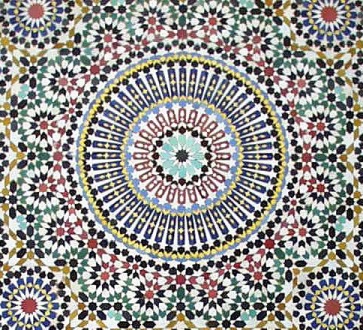Feel with camera
Greetings,
How many tourists see only through their camera? Millions. They feel the experience of 8th century artistic splendor with only their cameras, these cold impersonal little tools. Their entire experience is defined by their camera. It's not about knowing, understanding the people, culture, food, art, music, and language. It's about feeling with a camera.
They've learned through hard fast lessons to trust the machine. It is their weapon against mediocrity and boredom and shallow emptiness. They don't comprehend the intricacies of the machine. They believe it can and will save them. The machine controls them. They gratefully accept this reality.
They press optical machines against their faces, piercing retinas, flickering lids. Point and shoot. They lower the device and stare with hard lost eyes at the image, their memory. They judge it. Evaluate. DELETE!
Shoot again. Point. Shoot. Delete. Repeat. A snapshot. Snap a shot. Preserve this moment forever. Quick! They must go. They must move to the next great big thing. They are in a hurry. The tuk-tuk driver is impatient. He wants more money for his time. He waited when they slept. He waited when they stuffed eggs, watermelon and soft bread into tired faces. They ate like animals. They point and shoot. They delete.
Hurry! They have no time to see with their obscurity. This loss, this sense of amnesia envelops them. It is a dark cloud of forgetting. They remember to forget.
They are on a Homeric quest of infinite proportions and infinite magnitude.
Their memory card is full. They attach electrodes to a cerebral cortex and press, ever so lightly, the Down Loadswitch. Memories of Apsara dancers, elephants, monkeys, celestial deities flicker and play on a screen behind their eyes.
Avalokiteshvara, the Bodhisattva of compassion smiles.
Metta.

Interior, Banteay Srei, 9th C.






 Share Article
Share Article 












